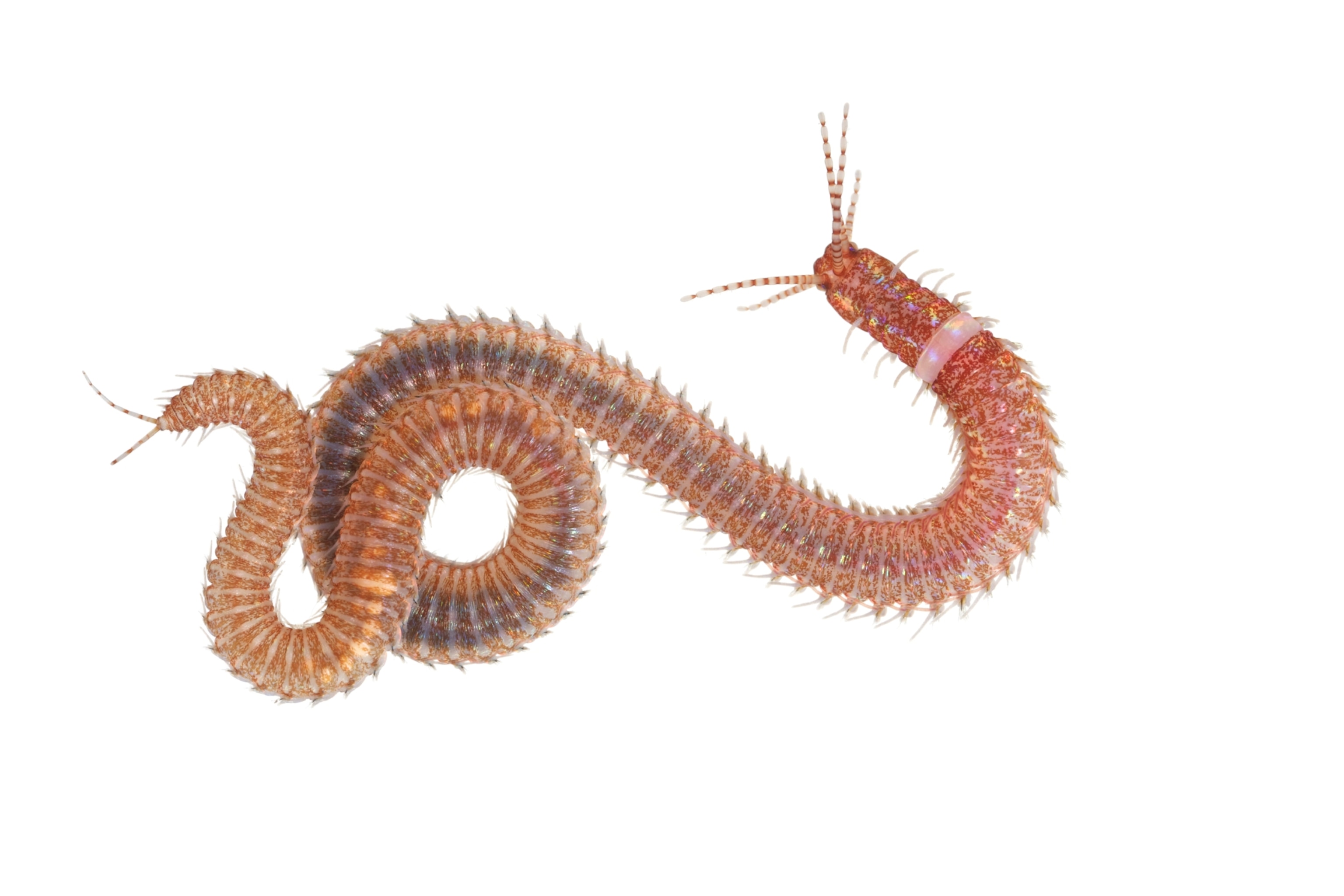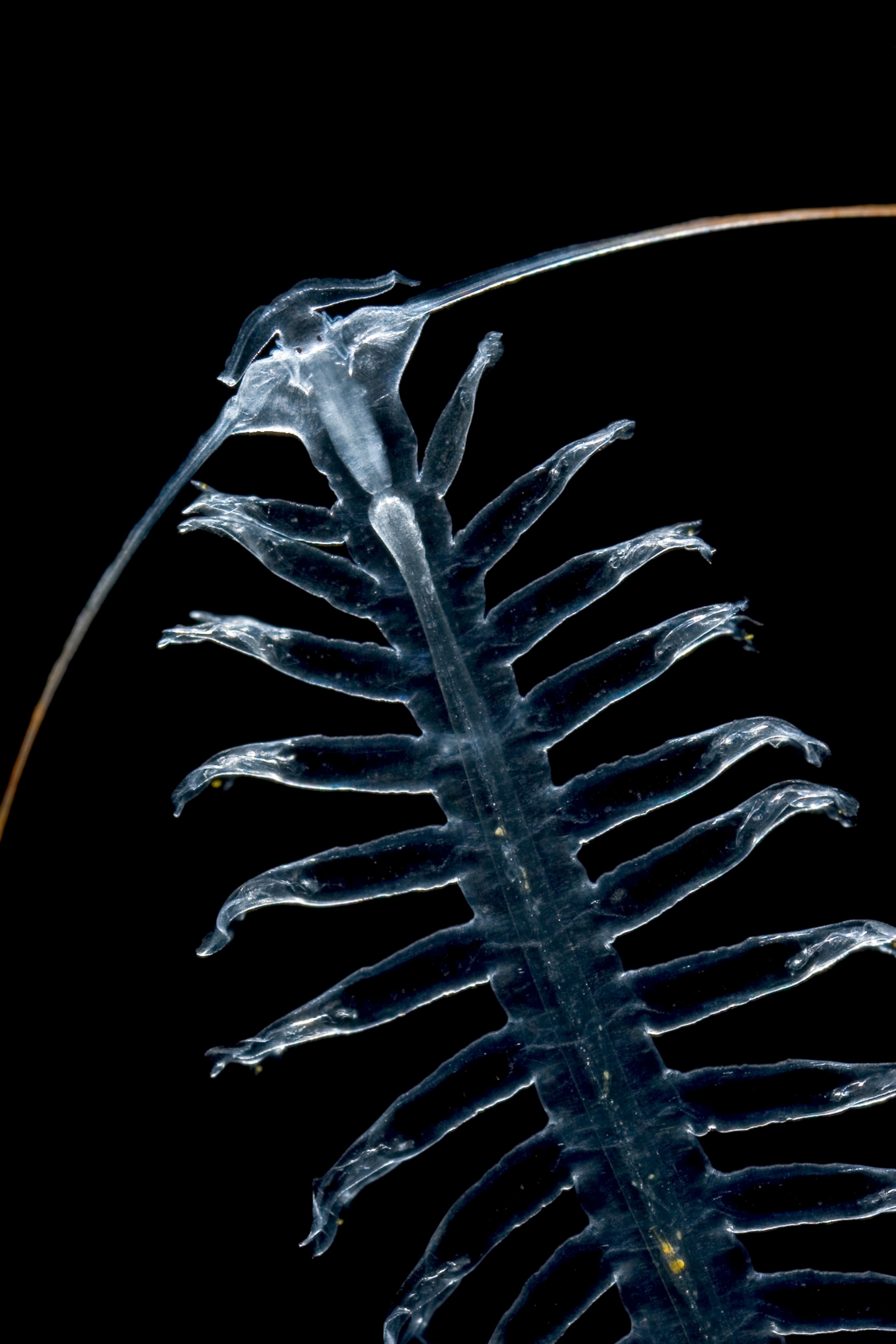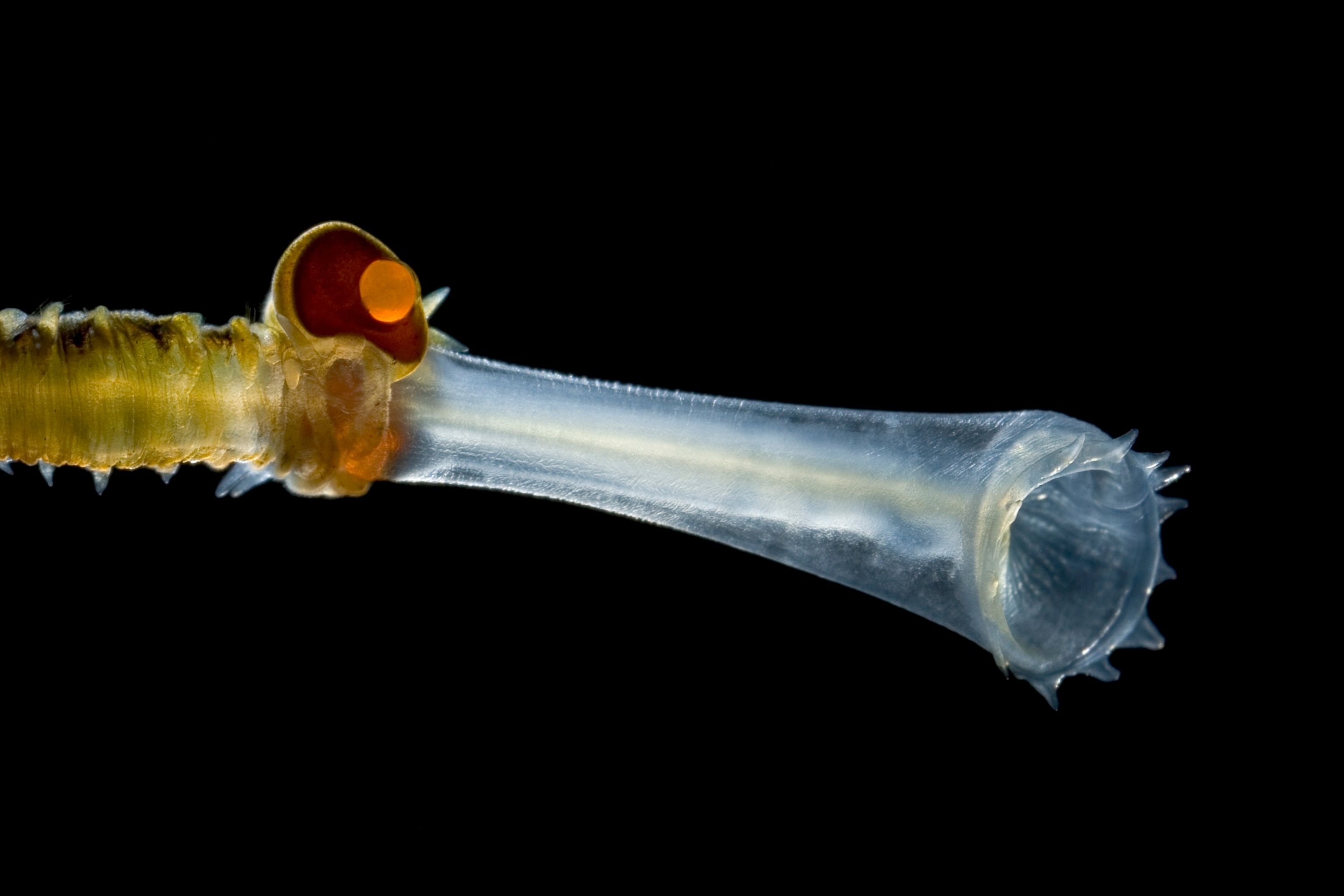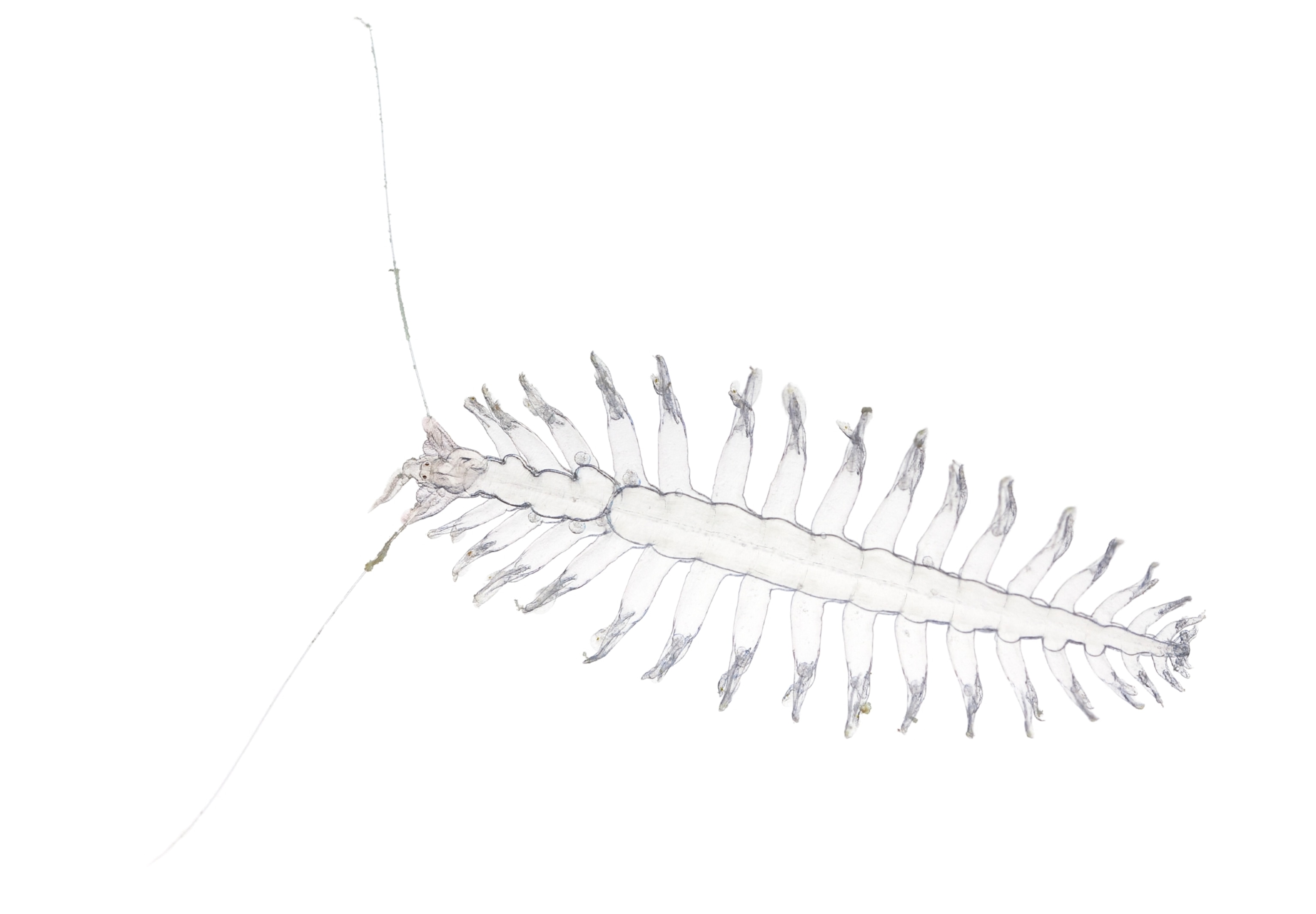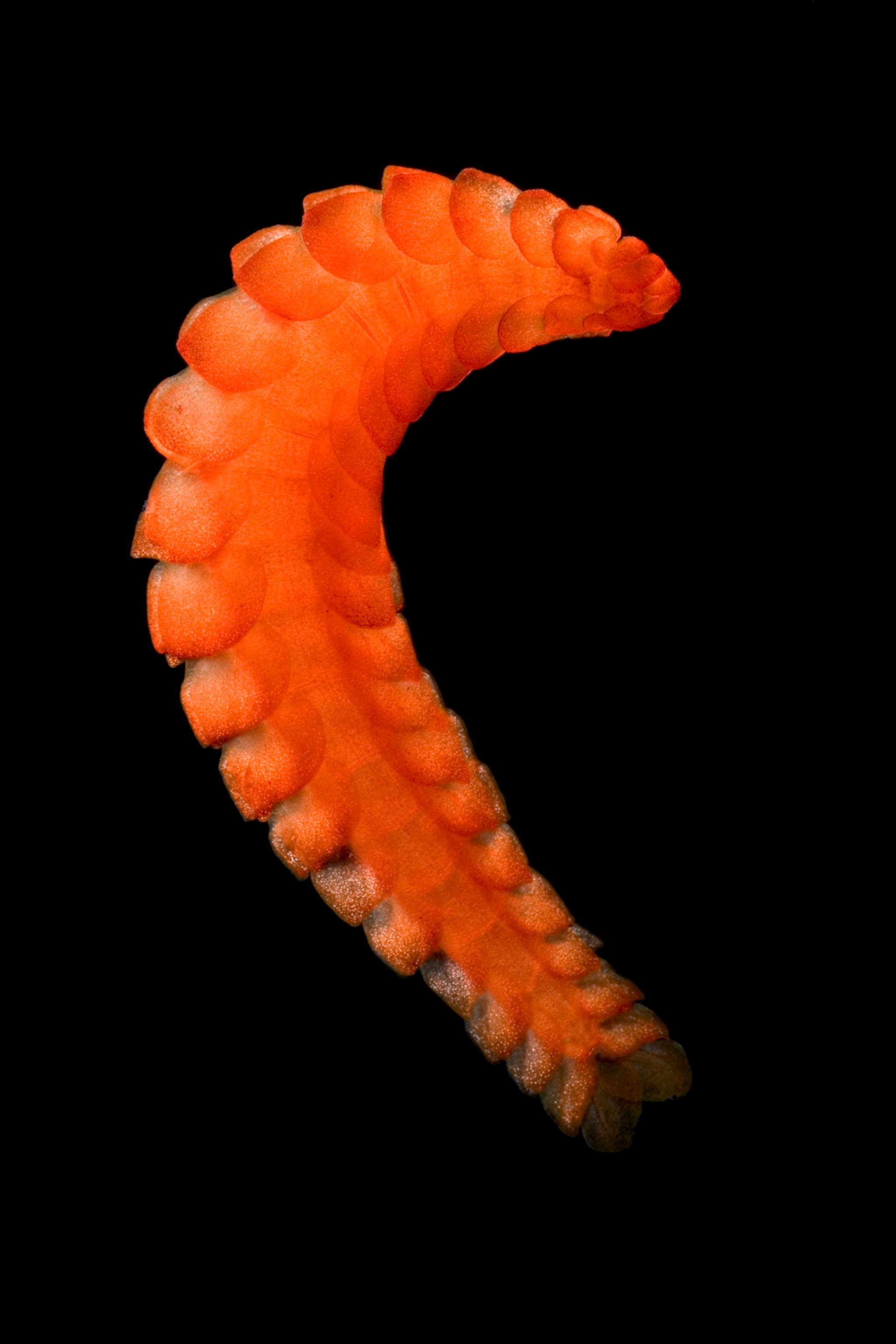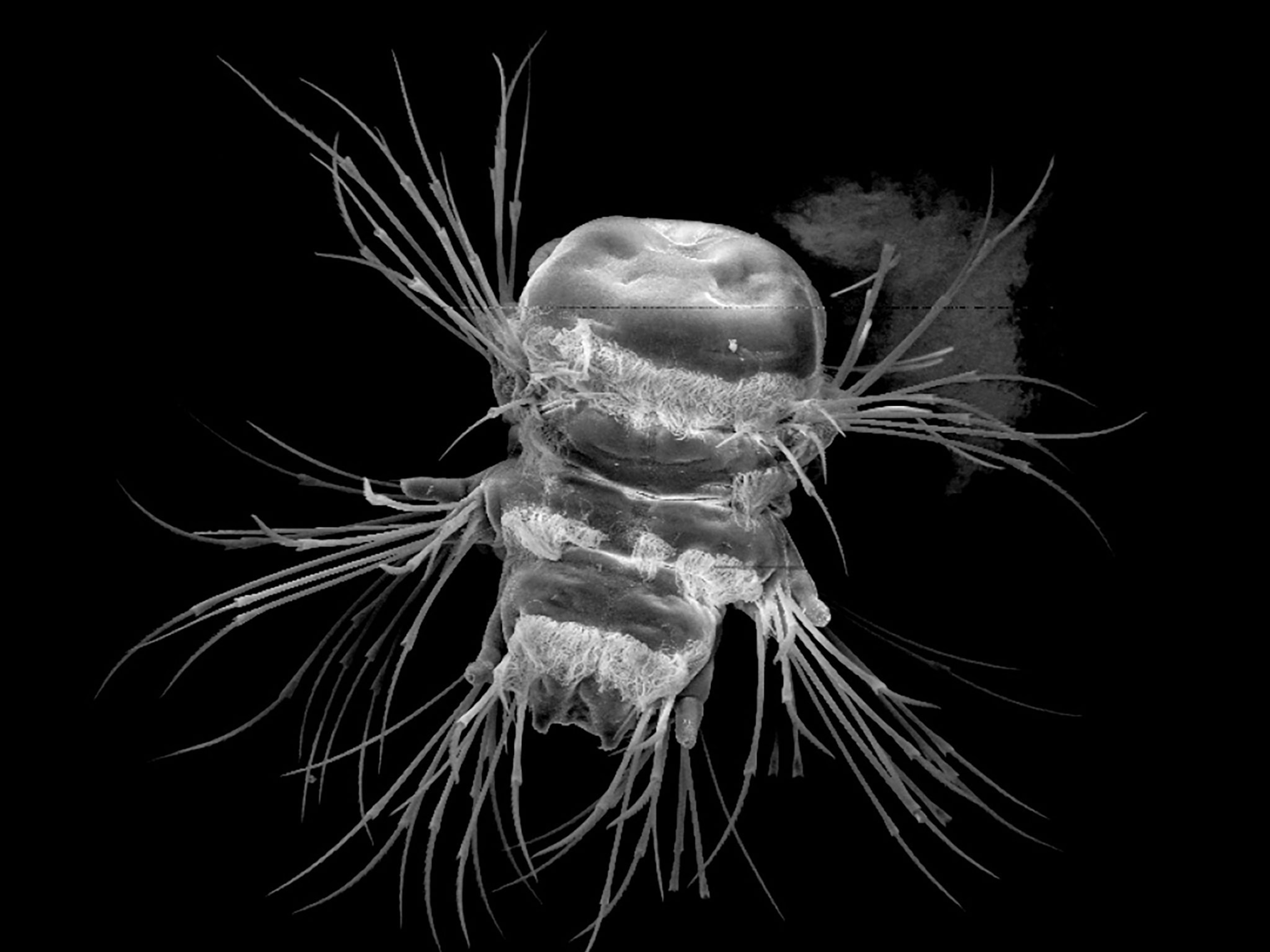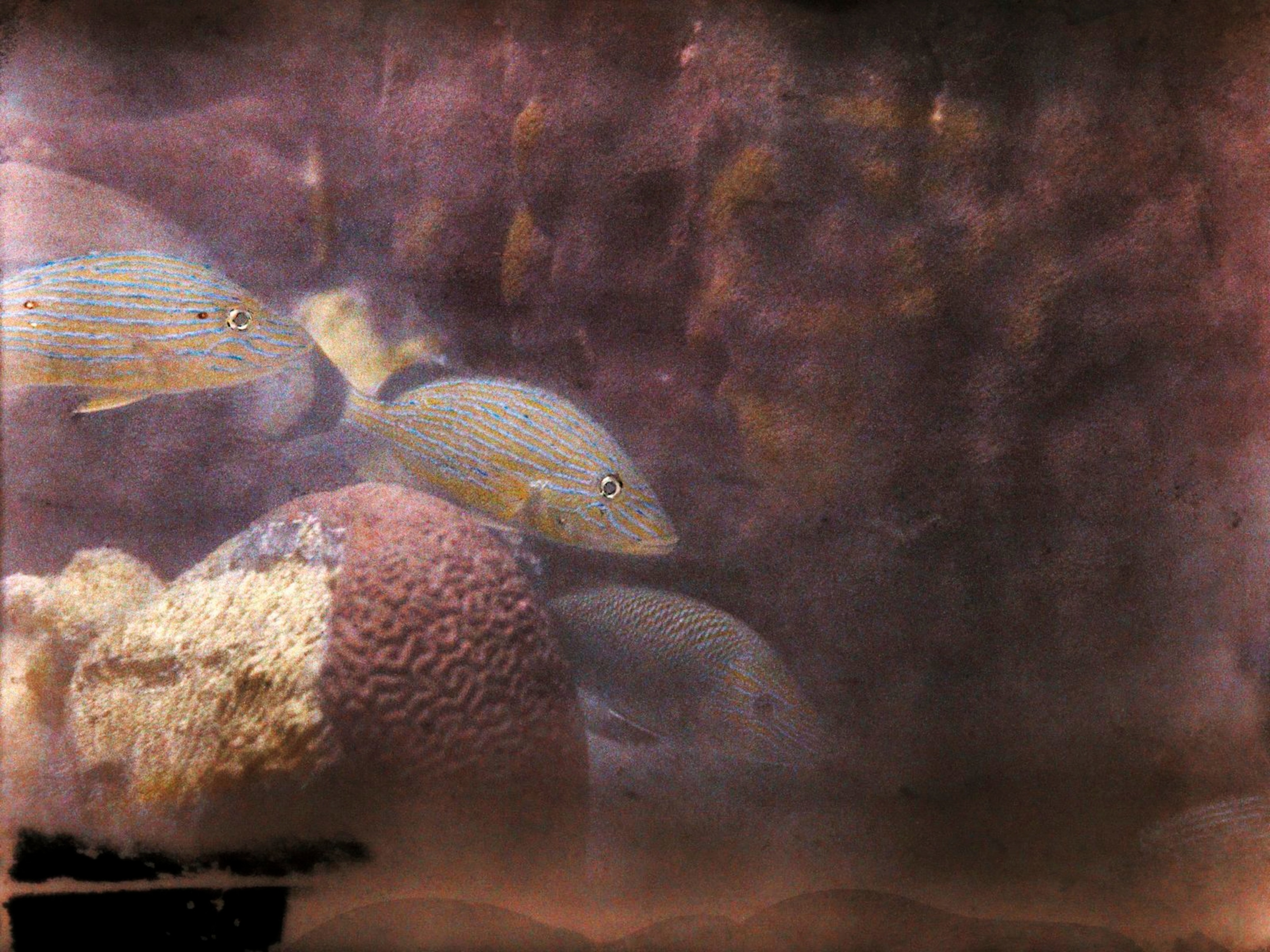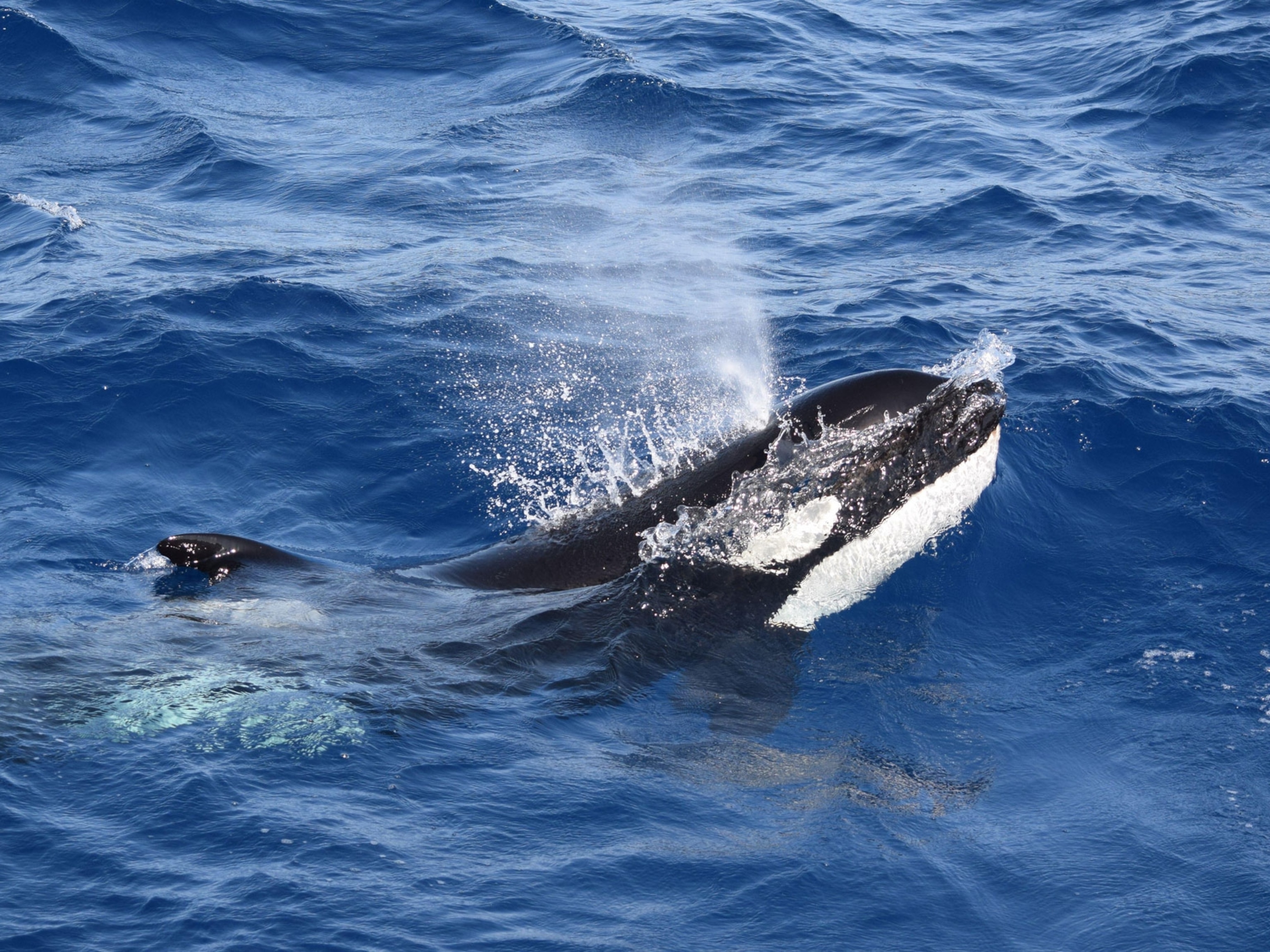Six Pictures of Beautiful, Bizarre Worms That Slink Or Swim
It’s International Polychaete Day, so let’s give these humble, but critical-to-the-food-web, animals their day in the spotlight.
It was only a matter of time before the humble worm got its own day. July 1 is the first International Polychaete Day, and museums around the world—including the Australian Museum, London's Natural History Museum, and the Smithsonian's Natural History Museum—plan to celebrate the wonderful world of the worm.
"They're pretty critical parts of food webs," says Karen Osborn, a worm specialist with Smithsonian's Natural History Museum in Washington, D.C. "Everybody eats them and they eat everything."
Osborn helped inaugurate the day in honor of beloved polychaete researcher Kristian Fauchald, a 36-year veteran of the Smithsonian Institution, who died unexpectedly of a heart attack this past April.
Fauchald wrote the book on worms, says Osborn, "so everybody in the field, and probably every invertebrate biologist, knows who is he."
So "instead of doing some dreary memorial," Osborn says, "we [wanted to] do something to reach out and educate the public about what he really loved, which [was] polychaetes."
Luckily, the only other "day" that came close to recognizing polychaetes was National Gummi Worm Day. So worm experts were free to declare July 1, Fauchald's birthday, Polychaete Day.
"I never thought worms were creepy," Osborn says. Some species swim by fluttering specialized bristles; others are semitransparent and glisten when light reflects off of their muscle fibers. A final worm to the wise: They’re “just mesmerizing when you see them alive," she says.
Follow Jane J. Lee on Twitter.

